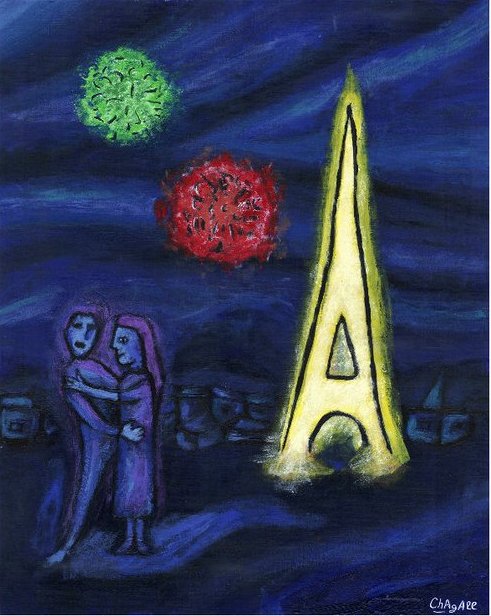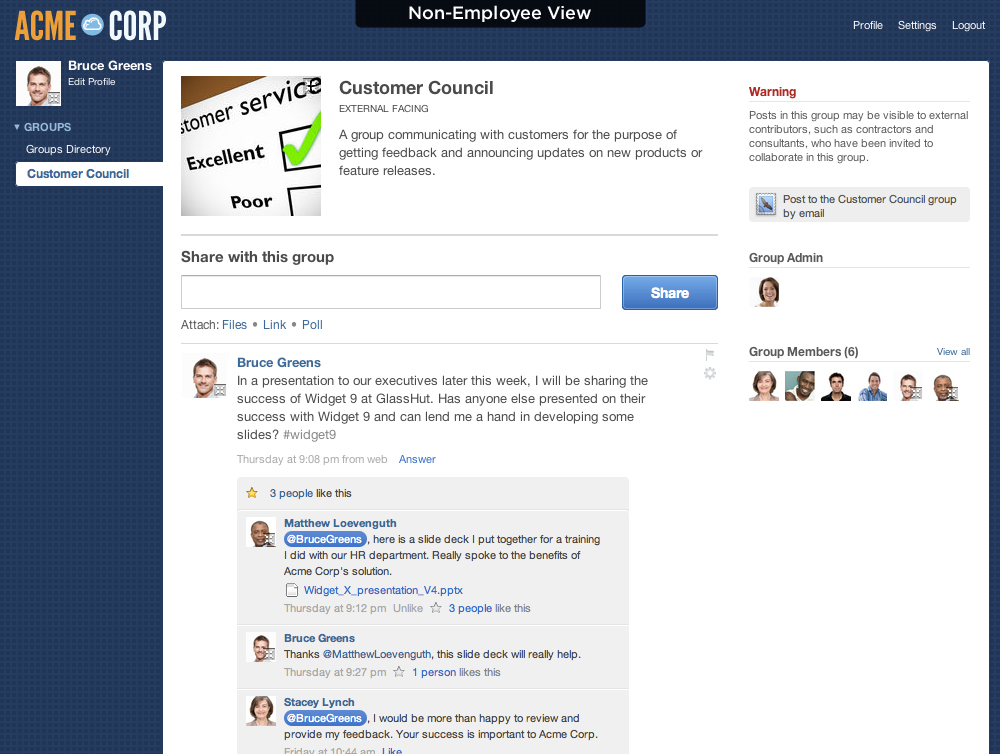The consumer is the enterprise
On the list of SMB-approved services is Box. Box, at it's simplest is a cloud-based file storage service, (but has grown tremendously to become a serious player in the enterprise collaboration space), provides a flexible, simple, and eminently useful solution for storing, sharing, and collaborating on documents and files.
Box is led by CEO Aaron Levie who recently shared some interesting comments and observations about the changes in how enterprise software is being developed, purchased, and deployed at an event in London, (documented here on the Cytalk.com site), and are worth noting for both software providers and software customers as well.
I recommend reading the entire piece, but below I've pulled out below what I think is the most important, (and maybe seems like it's obvious but it really isn't), observation about how cloud deployed enterprise solutions differ from their legacy and traditional IT-dependent forebears, and what that means for both software solution providers and the modern HR organization using (or looking to begin using), cloud-based enterprise technologies:
The shift to cloud and mobile changes the way software is bought and deployed. “This shift means the onus more than ever is on the vendor. If we don’t stay competitive, if we don’t build whatever that that next thing is the user wants to do and build it in as simple a way as they expect from the consumer tools they are using, then we will get swapped out.”
By making it simple for users to deploy solutions, companies like Box need to be aware that they’re also making it easy for customers to replace them with something new. “You will either get swapped out because IT will swap you out or just because people will stop using you because they’re using a consumer solution, And because it’s SaaS, they’re only paying for what they use — and you stop getting paid”. Levie sees these forces as a Darwinian engine driving software evolution.
Any enterprise software vendor that doesn’t actually think they’re in the consumer business really doesn’t understand where the future is going.” It’s a future that he believes will carry on changing the industry. “That use-centric approach will see a very different set of vendors playing in the space. Existing vendors will have to change rapidly or become irrelevant to the world of the future.”
It seems like we've been talking about the idea of the consumerization of enterprise technology for quite some time now, but up until fairly recently the dialog and the emphasis has been around product design, user interfaces, and the shift towards mobile and tablet applications and solutions. There has been much less focus on the processes by which enterprise solutions are evaluated, acquired, implemented, and, as Levie is talking about, replaced by other solutions.
Levie's take is really interesting and hopefully a signal that in the near future enterprises (and the actual people in these enterprises), will wield more power, influence, and have more impact on how the solutions they use every day are built and leveraged. Slick interfaces and an iPhone app are great, but until enterprise solutions are forced to engage and delight the actual users in the enterprise or risk a quick replacement, then the tools we use are work will always seem less attractive than what we use in our personal lives.
Have a great week everyone!

 Steve
Steve



